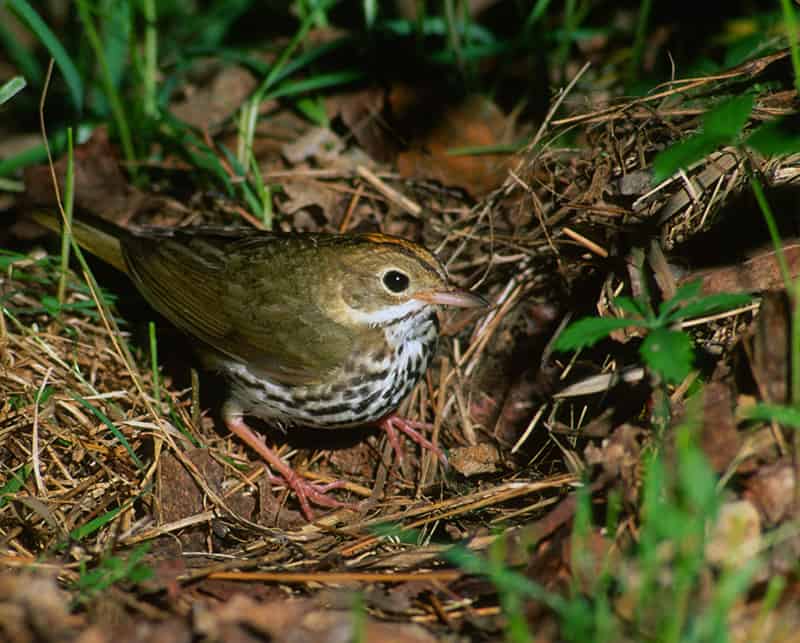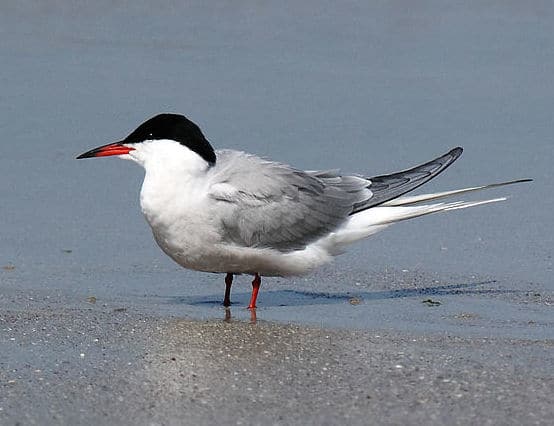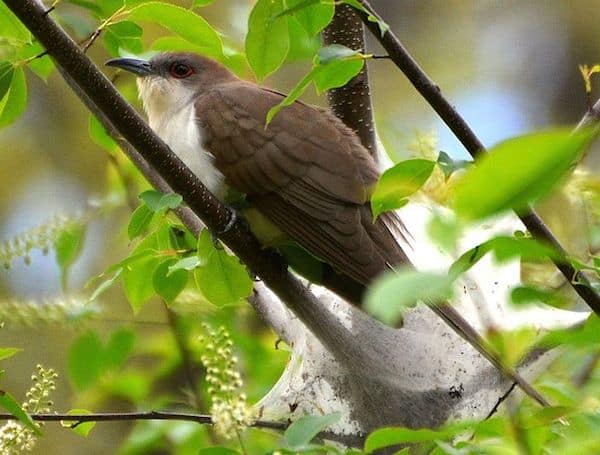Formerly called the short-billed marsh wren, the sedge wren nests in thick, tangled areas of sedges and grasses in overgrown fields, near ponds and lakes, and in marshes—but not cattails. Characteristics that distinguish sedge wrens from other wren species include its habitat preferences; its size; its short, thin bill; and its distinctive song. Look for a tawny brown and black crown and back, conspicuously streaked with white, and a whitish throat and belly. Its eye stripe is pale.
These birds typically call from the tops of grasses or while foraging in the grasses. The sedge wren song features several sharp, staccato chips followed by a rapid chatter.
Sedge wrens nest from southeastern Alberta to western New England and south through the Midwest found. They begin fall migration late in September and arrive at the Gulf and Atlantic Coasts in early October to spend the winter months. Spring migration begins in early April when these wrens move back up to north-central states and southern parts of Canadian provinces from Alberta to Quebec. A separate population of sedge wrens in South America is nonmigratory.




